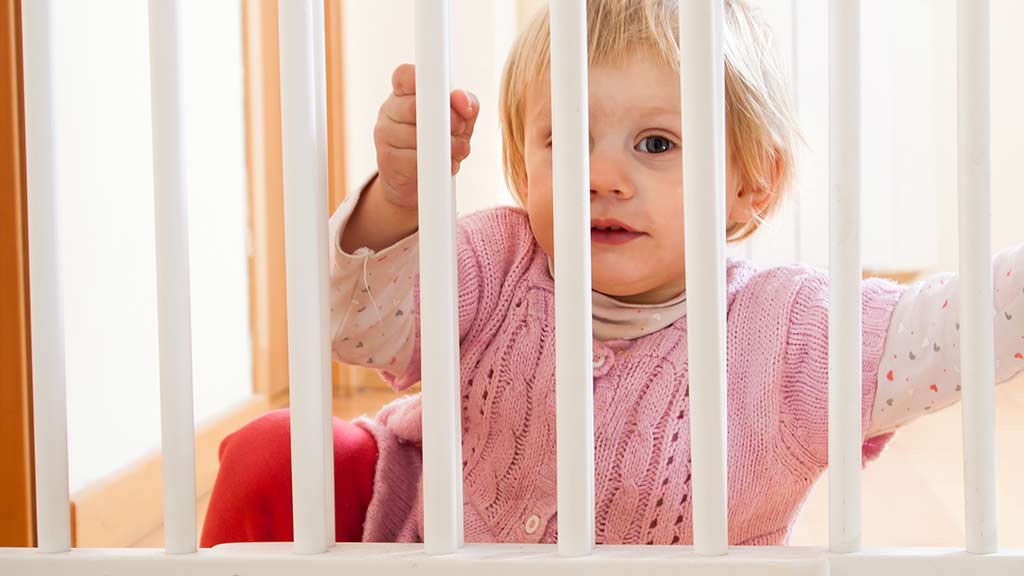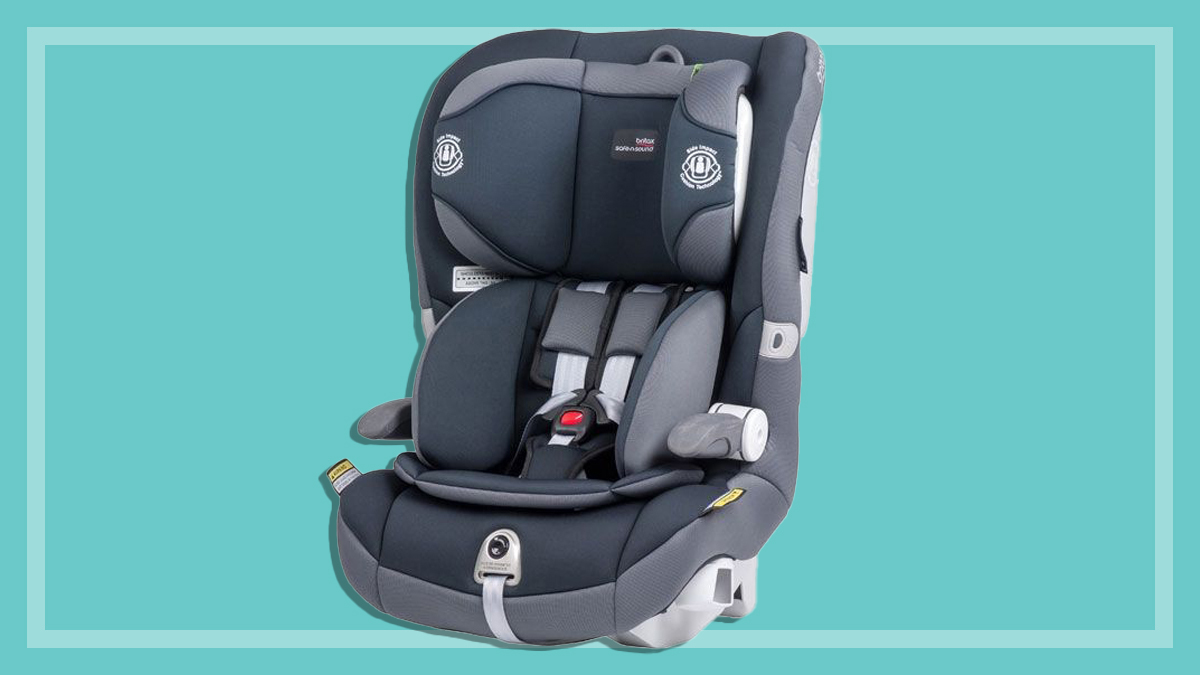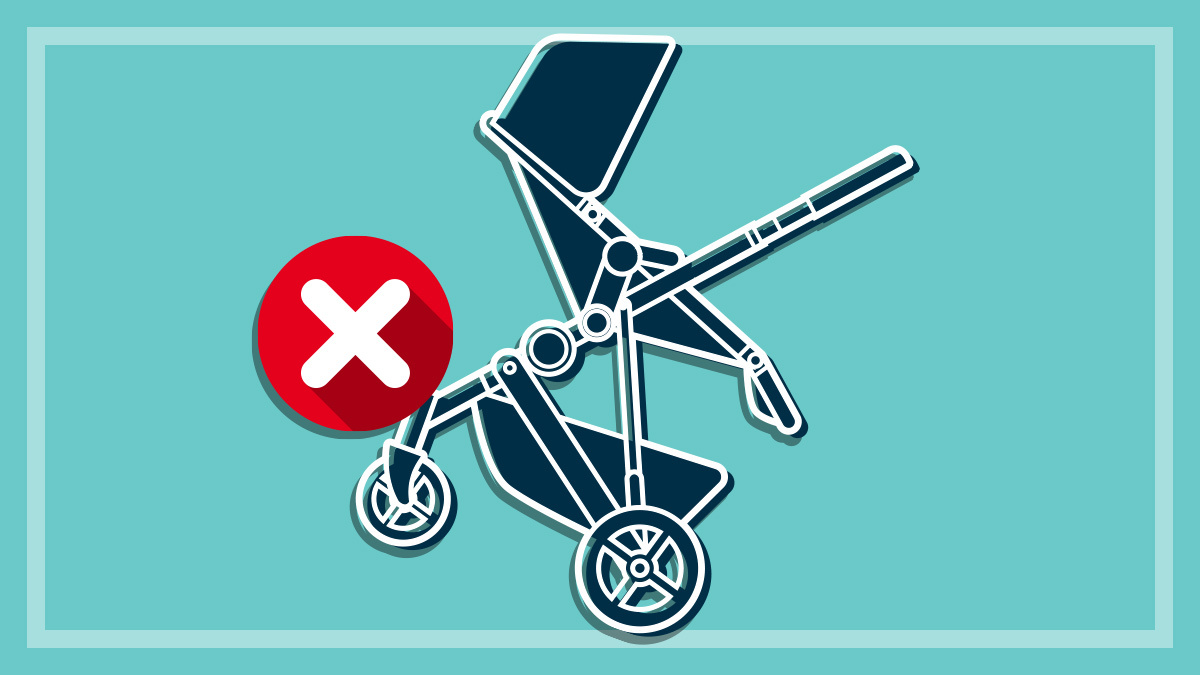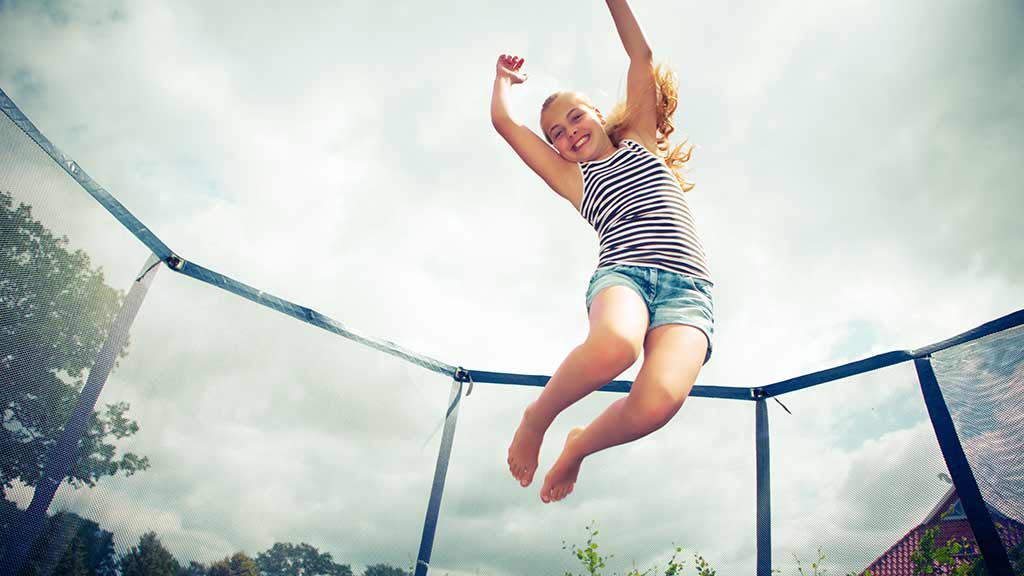Get our independent lab tests, expert reviews and honest advice.
How we test safety gates

Once your baby starts to get more mobile, a safety gate or barrier can give you peace of mind if you’re trying to prevent them from accessing hazardous parts of your home, such as the stairs or kitchen. But with no Australian standard for safety gates, how can you be sure they’re secure enough to stay put and prevent injury? CHOICE is here to help.
On this page:
Our expert testers
With 15 years of experience, our expert testers are the bees’ knees of children’s product testing. They’ve seen hundreds of brands and products, and put many to the test. Our testers also sit on the Australian Standards committees for children’s products.
How we choose what we test
Most of the time, our priority is to test what you’ll see in the retailers. Our safety gates typically come from brands you’ll see in mainstream nursery or department stores, or ones that feature prominently when you search for them online. We normally test safety gates with latches, but we sometimes test barriers, too.
To come up with our list we survey manufacturers to find out about their range of models and we take member feedback on board. Our buyers then purchase products as you the consumer would, either in-store or online. This is to ensure that the products we received have not been tweaked in any way, or received special treatment during transit.
How we test
Although there is no current Australian standard for safety gates, our experts know what to look for when it comes to safety. We’ve based our test procedures on various existing Australian standards for similar children’s products such as cots, folding cots and toys. We also draw upon elements of overseas standards, including the European standard EN 1930:2011.
When testing safety gates we look at:
- Construction: We check the gate for any easily removable small parts which could pose a choking hazard. We also look for any sharp corners, edges or points which could injure a child. We assess any hazardous projections or openings which could catch onto a child’s clothing and present a strangulation risk.
- Secureness of gate: We check to make sure the lock can’t be opened by a small child. For example, the lock should require two consecutive opening actions or a certain amount of force to open. If a latch is designed to self-close and lock automatically, it must do so reliably.
- Height of barrier/gate: The vertical distance between the floor and the top of the gate needs to be 500mm or more.
- Footholds: Using suitable measuring devices we make sure there are no features on the safety gates such as ledges or inclined surfaces which could help a child to climb the gate.
- Entrapment hazards: We use test probes to determine whether any openings, holes or gaps pose finger, limb and head entrapment hazards. We also carefully check to see if any areas that pivot, open or close could cause pinching or crushing of body parts.
- Structural integrity: We conduct a horizontal strength test and a vertical load test based on the Australian folding cot standard. This tests whether a typical toddler could force the gate open, or push it out of the door frame.
- Ease of use: We look at the amount of effort required to assemble and install the product. We also look at how easy it is to release and close the latch, as well as how easy it is to open and close the gate (for an adult).
Test criteria explained
We rate children’s products a bit differently to other tests, due to the strong interest in safety. We rate them according to whether they pass or fail major tests.
Safety gates that we recommend have passed all our major safety tests, including the strength test, minimum height requirement and the foothold test.
Some minor failures such as sharp edges which could scratch skin, or finger entrapment hazards in open tubes, are listed in our ‘bad points’. Models with only minor failures may be worth considering.






